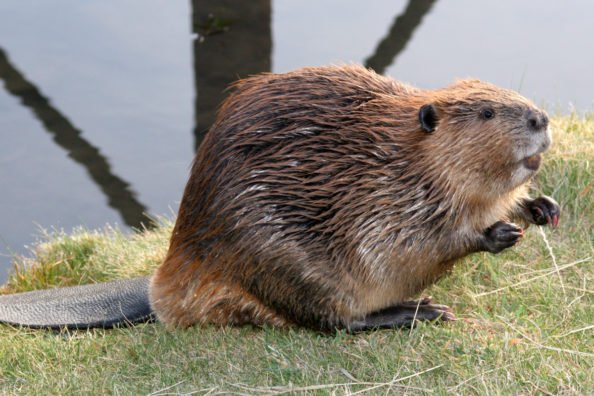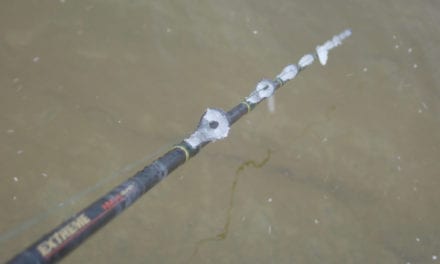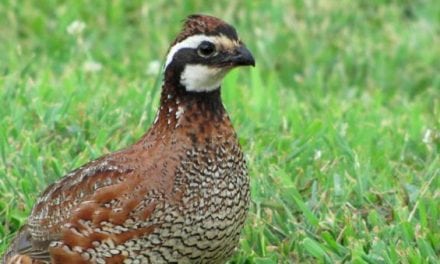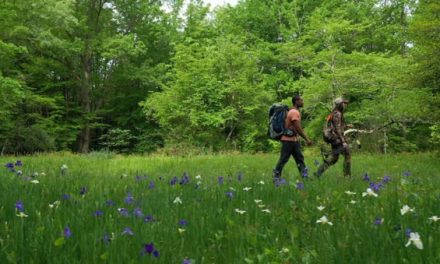
These are the basics of trap sets for nuisance beavers.
Along with skunks, American beavers (Castor canadensis) are the most popular furbearers throughout North America. While beaver ponds can provide habitat for muskrats, mink, fish, and other wildlife, unchecked beaver populations can also do a lot of harm. They destroy trees, plug culverts, and block migrating fish, to name a few.
Responsible trapping can limit the negative effects of beaver dams and help manage sustainable populations.
Much of the beaver trapping that happens today is specifically for population and damage control. However, there are plenty of people who trap for fun and profit from the pelts too. These are the basics of getting started trapping beavers.
Beaver Sign
Beavers are typically easy to locate via obvious sign. A fresh dam is a sure signal that beavers aren’t far, as is a beaver lodge. These large shelters are constructed of mud and sticks to protect them from predators such as bobcats and coyotes, another animal that can be harvested by trapping. They’re usually not very subtle, which makes lodges easy to spot.
Look for a feed bed nearby, where brush is piled to store the winter food supply. You should also find clearly used trails, both on land and underwater, near the structures. Heavily used trails may be worn down to the bare dirt in some high-traffic areas.
Beaver Traps
Depending on your preferred setups, you’ll need some or all of the following:
- Heavy coil-spring traps
- Double longspring foothold traps
- Large bodygrip traps
- 330 conibear traps
- Non-powered cable devices and cage traps
- Snares
Beaver Sets
Submersion trapping systems are most common for intelligent beavers. Trappers typically place sets in open water during late fall and early spring. But winter, when pelts are at their most valuable, calls for setting them through the ice. These are some of the most popular beaver sets.
- Castor Mound Set: Construct a mock castor mound, which beavers make to mark their areas, near the water’s edge and set a foothold trap on the trail leading up to it.
- Leaning Pole Set: For this under-ice set, place bait on a leaning pole and attach a trap a couple feet below it. The beaver will use it as a step to reach the bait, and the rest is history.
- Snare Pole Set: Attach two snares to a vertical pole – usually under ice – and set it in a beaver run with or without bait. As beavers try to dodge the pole or grab the bait, the snare will catch them.
- 330 Runway Set: Set a 330 conibear on a beaver trail near the lodge entrance, where beavers will frequently swim through.
Be sure to set traps properly to guarantee a quick, ethical kill. Depending on trapping seasons, you may also need to take measure to avoid catching otters in your beaver sets. This can include using beaver-specific bait, choosing proper placement, and adjusting trigger on bodygrip traps.
Wildlife agencies have different trapping regulations from state to state, so be sure to do your research before purchasing anything. Not all traps and sets are legal everywhere. A little research now can save some real headaches later. Trapping beavers can be challenging at first, but it’s a fun and rewarding winter and spring activity that can help you make a little extra money on the side through the sale of pelts.
Products featured on Wide Open Spaces are independently selected by our editors. However, when you buy something through our links, we may earn a commission.
NEXT: FIRST HUNTING DOGS: 3 BREEDS THAT WOULD BE GREAT
WATCH
The post Beaver Trapping: Learning Basic Sets and Sign appeared first on Wide Open Spaces.
















